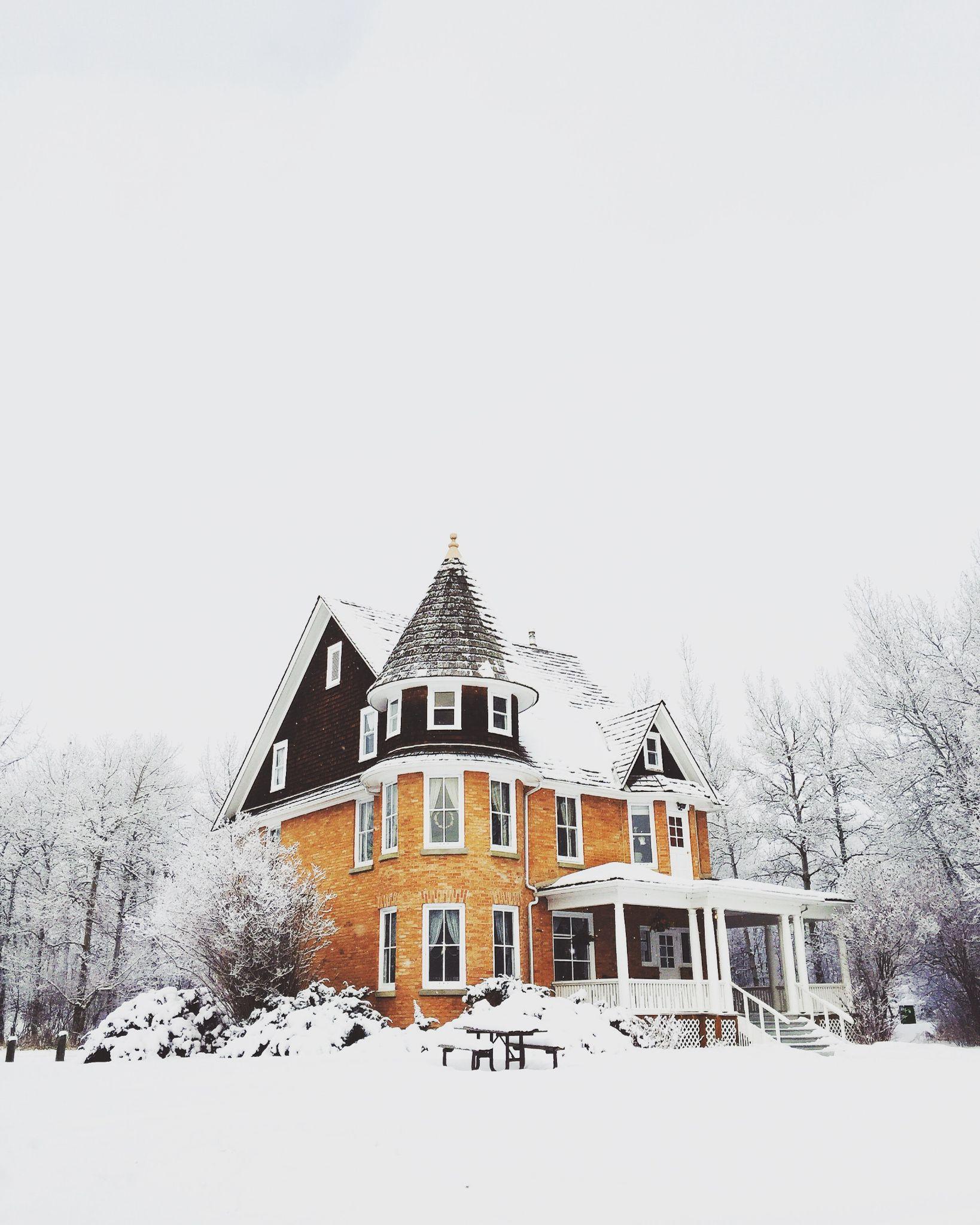
Times have changed, and so has the weather. Last week we had a new-found spell of winter and the chaos that comes with it. Thousands found themselves out of power and heating. And most of these homes are dependent on electricity to keep them warm.
A different approach is a must when it comes to winterizing your home. It could also save homeowners from expensive problems in the future. Winterizing your home could also potentially lead to a sustainable house and help reduce energy bills. Even residential architects recommend preparing your house for the cold as part of your home design.
Winters are already hard to deal with. You do not want to face the wrath of burst pipes, leaking windows, or a broken stove. During winter, most of our time is spent indoors and hence it must be warm and comfortable.
Here are some ways that could improve winterizing your home for next winter.
Check the Exterior Walls
All materials are susceptible to winter damage in one way or another. The exterior walls must be considered in your efforts to winterize your home. You could start by looking at signs of efflorescence, dampness, or cracking. During the winter, the best approach would be to treat these with temporary measures to prevent water ingress. Professional treatment is recommended during the summer months.
Freezing temperatures can affect the masonry and cause cracking. Chimneys and parapets are highly susceptible to damage during these months.
Examine the Roof
Roof maintenance is essential to avoid damage from water ingress. The recommendation is to get in yearly assessments from professionals before winter sets in. When examining the roof, check that all tiles are in place, and check the valleys and ridges for any debris or space for water ingress.
It is also essential to remove leaves and moss from the roof as they collect water that may lead to dampness and rot. When it comes to roofs, the best approach is to get a professional for any maintenance required. Never go for temporary fixes as they may cause further damage.
Assess the Chimney
The chimney is an external part of your home that is often susceptible to damage from freezing temperatures. Assessing the chimney is a critical element of winterizing your home. You could repair the minor cracks with patching cement, but major damage would require professional help. A further step could be to install chimney caps that would eliminate downdrafts and improve the efficiency of the unit.
Take a Look at the Gutters
You could prevent ice dams inside your gutters by cleaning them out regularly. Additionally, ensure that your attic is insulated properly. Gutters guards are also efficient in protecting the gutters from freezing temperatures.
Draft-proof Your House
Draft-proofing is by far the easiest way to winterize homes. All you need to do is identify the points of cold air and then take steps to draft-proof them. Draft-proofing strips around the windows and floorboard gaps are the most common way to ensure maximum warmth is retained. The process is quite simple and you could even DIY it. You could also hire a professional, but that would cost quite a lot.
Insulate Pipes
Frozen pipes lead to a lot of problems during winter months. Not only do they affect the water supply to your home, they negatively impact the life of the pipes as well. When water freezes, it expands which can result in burst pipes. You could protect your pipes by insulating them. Installing foam insulation around exterior pipes is the most effective method to protect them during winter.
In stall and Emergency Release Valve
You might want to consider installing an emergency pressure release valve in your plumbing. This system can protect against increased pressure on frozen pipes and prevent them from bursting.
Clear the Snow from the Parapet (if you have one)
After a heavy snowfall, it is advisable to clear the snow from the parapet and the roof valleys. Clearing the snow stops the water from seeping in through the joints in the roof. You could install snow guards near the eaves to reduce the risk of snow or ice breaking away.
Check the Heating System
Boilers, chimneys, and other heating systems must be serviced at least once a year. This is to clear any buildup and keep them running as efficiently as possible.
Temperature Control
During winter, set your thermostat at a comfortable temperature and ensure that your home is well-insulated. Consider installing an energy-efficient thermostat to keep warm air in the rooms without increasing energy bills.
When Do You Winterize Your Home?
Ideally, you should winterize your home before the start of winter towards the fall. This is to ensure that the erratic weather has not caused any damage to your house.
Winterizing a home has now become more essential ever since the winters have become harsher. You do not want to depend on a single method of heating and should opt for the suggestions indicated.


